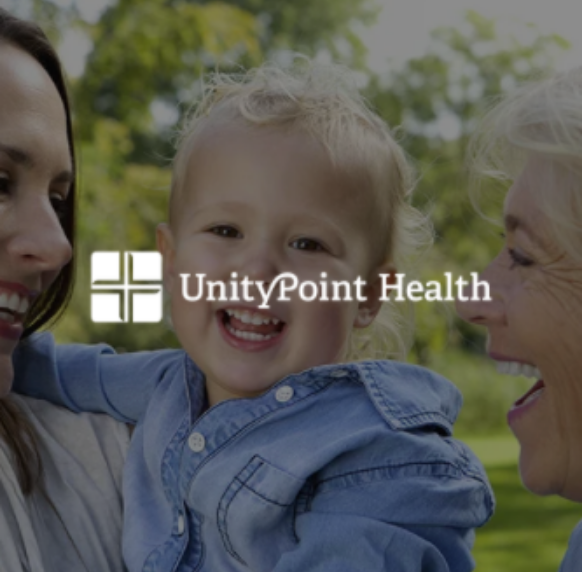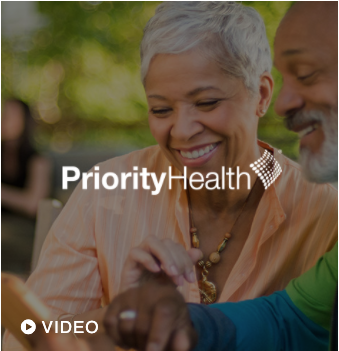Customer Story
Duke Health
Duke Health created a ‘continuum of patient voice’ to improve the end-to-end patient experience
+

Alida in collaboration with Duke Health
Learn how we use your personal data in our privacy policy and about our country/region options
Duke Health created a ‘continuum of patient voice’ to improve the end-to-end patient experience
+

Alida in collaboration with Duke Health

Duke Health Achieved
Industry-leading response rates of 30%+
$200k savings vs. gathering insights through external agency
48-hour turnaround for patient insights
Duke Health is working to improve the end-to-end patient experience—everything from supporting patient adoption of digital tools to increasing confidence in the cleanliness of their room. They needed to understand patient perspectives to ensure initiatives throughout the healthcare system would have the greatest impact.

Duke Health’s Digital Strategy Office was charged with offering a remarkable digital experience to support the health of patients and their loved ones. “But, we were limited,” explains Jennifer Maddocks, Director of Patient Experience for the Digital Strategy Office. They couldn’t do beta testing on the portal because of technical and privacy requirements. Standardized patient experience surveys sent out after encounters didn’t provide much flexibility to ask questions about specific initiatives.
Duke Health’s Patient and Family Advisory Group “is a critical group of people working to improve patient and family experience, but it a small group and is not representative of our patient population," Jennifer explains. “As we stood up Duke Health Listens we wanted to ensure a community of advisors that represent the population of people that we serve."
The team launched the Duke Health Listens (DHL) digital community to inform a wide range of patient experience initiatives. DHL is 3,000 members strong and reflects the demographics of Duke Health’s patient community.
When recruiting for DHL, Jennifer shares, “we started with reaching out to people not historically well represented with our improvement work. In our case that meant reaching to more young people, men, and people of various races and ethnicities. We actually pulled a report of our patient population across several demographics and used that as our guide for our outreach.” Now, for each survey they conduct, “we look at the demographics of the respondents to ensure that we're not seeing an overload in one area or another.”
The community is at the heart of what Jennifer terms, “the continuum of patient voice.” Following a Design Thinking methodology, Duke will test ideas, iterate, and test again, with patients providing input every step of the way. “Even within the same project, we might start with something from the Patient and Family Advisory Council, and then put something out to the community to get a broader voice,” Jennifer notes. She adds, “It has not always been easy to get the patient voice at the table; Now we are working to embed it so it’s more of the culture.”
To support Duke’s online scheduling initiative, “we did a big study to start with. Then we did a second more focused study. Now, we're about to launch a quick user poll on how someone uses a very particular aspect of scheduling.”
To address patient concerns about cleanliness, Duke Health tested messaging for tent cards placed in rooms. “We asked if it was clear, we asked if it showed caring, and we asked if there should be any changes to it. Based on the feedback, we did make the recommended changes and this gives us confidence that we are putting out something that offers value to our patients from the start,” Jennifer reports.
Surveys to DHL members typically get a 30% response rate, at times reaching the 40’s. Kelly Gagnon, Management Engineer in the Digital Strategy Office, attributes the high response rate to their survey methodology. “We're cautious not to ask too many questions, especially about the same topic.”
For surveys with open-ended responses, text analytics highlights keywords to speed analysis. Quick surveys can be completed in forty-eight hours. Discussion forums within Alida’s platform allow for two-way conversations and deeper dives on specific topics and responses highlighted through surveys.
To inform the future state of medical studies, Duke researchers used information on response rates to get a better understanding of which demographics are more likely to share personal data.
Through the Member Hub in the Alida platform, newsletters, and webinars, the team lets DHL members know the results of their feedback. “We want people to feel valued, to know that the time they give to Duke Health Listens actually makes a difference,” says Jennifer. “We always share back two things. One: What we learned. Two: What we’re going to do about it.”
Because the Digital Strategy Office has embedded the patient voice in the decision-making process, Duke Health has become more confident in their product development and initiatives to improve the patient experience.
Duke worked with Alida’s Customer Success and Value Engineering team to measure and communicate the value of their work. “Now, we're identifying outcome measures from the beginning of a project, so we're better at tracking the progress,” Kelly explains. “For example, we see patients scheduling online at higher rates and using the patient portal more, and we know our work with Alida is one of the factors that influences that.”
One of the ways the team communicates ROI to Duke Health’s leadership is by comparing the work of their in-house team with the cost of getting these types of insights from an outside agency. The speed and efficiency at which the team can turnaround patient insights contributes to the realized value of the platform. In the first 10 months, the program achieved a savings of over $200,000 compared to gathering these insights from an external agency, approximately 140% ROI.
As Jennifer points out, however, “it is important to recognize the value in patient voice. That’s not something that you can put a dollar figure on. We believe that there is inherent value there.”

“Duke puts a lot of focus on being more nimble in how we interact with our patients and our providers. The community lets us test and iterate fast, with patients providing input every step of the way.”
— Jennifer Maddocks, Director of Patient Experience, Duke Health Digital Strategy Office

Ongoing interaction helps UnityPoint Health prioritize customer input to de-risk ...

Replacing one size fits all with a personalized patient experience

Empowered to lead with empathy—Experian Health uses Alida to discover & action VoC & VoE

Priority Health goes beyond ad-hoc surveys to understand every touchpoint in the customer ...